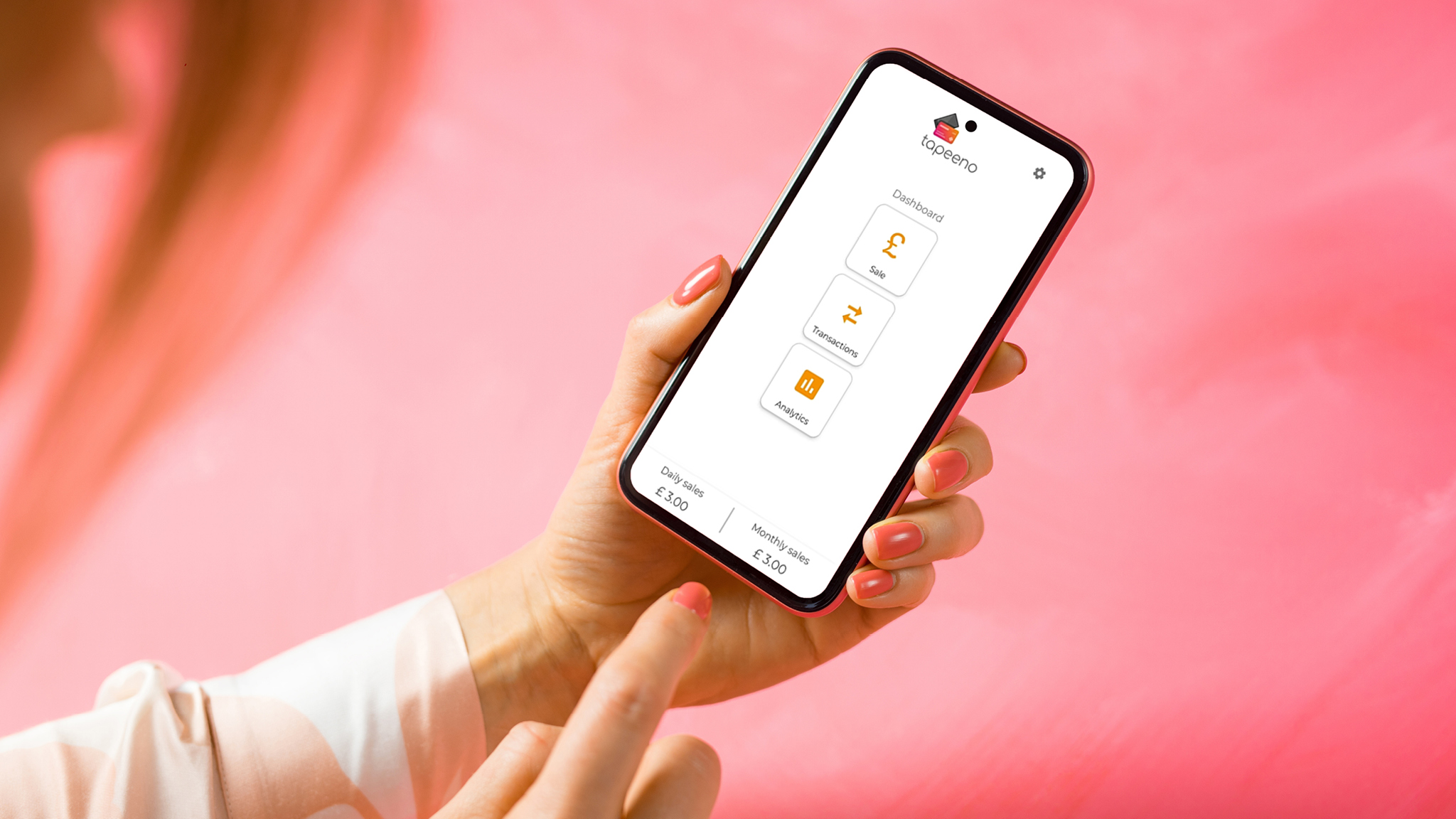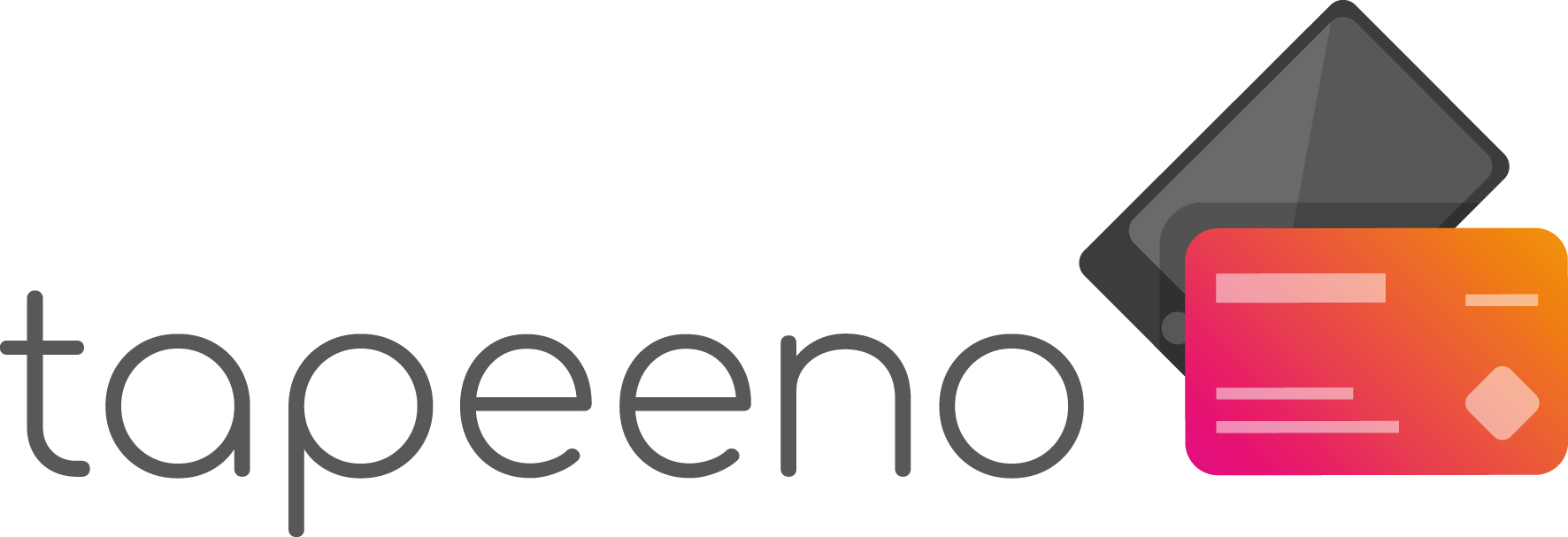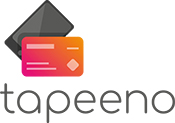
NFC stands for Near Field Communication and it is pretty much standard on all Android phones.
NFC has many advantages for Android users and is part of the ever-increasing number of ways we can use our phones and tablets to make life easier.
In this post, we wanted to look a little deeper under the hood at NFC and answer the question “what is NFC on Android phones?” In this article we cover:
-
The history of NFC
-
The three NFC modes
-
What NFC can be used for?
-
The advantages of NFC
-
NFC is the future of payments
The history of NFC
It may surprise you to learn that the roots of NFC go back to the second world war.
During a time of incredible technological development, Léon Theremin developed a device that could transmit information when energised by another device. Over the next few decades, Radio Frequency IDentification (RFID) became a tool used in applications as diverse as aircraft identification and electronic toll gates.
The development of mobile phones and in particular the smartphone meant that this could be used as a way of delivering a service to many more users at a reasonable cost.
At first, developers used it as a way of passing simple information such as electronic business cards but as phone and banking technology improved it became a natural step to look at payment technology.
RFID morphed into NFC and meant that consumers could use contactless credit and debit cards and more impressively, could pay using their phone, tablet or even a smartwatch.
The three NFC modes
Typically, the NFC connection will consist of a passive device (called a ‘tag’) and an active device (like a mobile phone) or alternatively, two active devices.
Active devices used to be fixed terminals that were provided by a bank or merchant service provider but nowadays, SoftPOS services like our tapeeno tap on phone payment app, mean that businesses no longer need to obtain an expensive NFC device.
NFC connections generally have an active radius of only a few centimetres which means that the two devices have to be very close together to communicate.
The term NFC is often used almost as a catchall but when we are talking about NFC for Android phones, there are generally three modes that users might come across;
1. The first NFC mode is reader/writer mode. As the name suggests, this allows the device to read and/or write to NFC tags.
A good example of this would be a device that writes to a tag that is embedded in a card used in a gas or electricity meter.
The consumer visits a shop, pays for their electricity and then the shop device writes the payment information to the tag in the card.
2. P2P mode allows the NFC device to exchange data with other NFC devices.
An example of this would be when people use their phones to exchange business cards or set up meetings.
3.Card emulation mode. In this mode, a device is able to ‘look’ like an NFC payment card such as a debit or credit card.
The NFC point-of-sale terminal looks out for a standard contactless debit or credit card and the device (which could be a phone, tablet or watch) responds in exactly the same way as the card would. This is the mode that is used in android devices.
What NFC can be used for?
NFC works in any situation where there needs to be an exchange of information. For example, a card that confirms your gym membership, security tags in supermarkets, prepaid public transport cards and many many more use cases.
Most people though will encounter NFC in payment technology and it is this that has taken the world by storm.
Initially, NFC was used by specialist terminals provided by banks that would read an NFC payment card.
However, the democratisation of banking and the development of SoftPOS applications means that Android apps such as tapeeno can now transform a smartphone into an NFC payment terminal.
The advantages of NFC
There are a huge number of advantages of NFC:
-
Security – because the devices need to be very close together to operate, there is little chance of the communication being intercepted.
-
Simplicity – it is incredibly easy to use NFC. No need to carry a special card and no need to remember a PIN number.
-
Cost – retailers who use our tapeeno application love the fact that there’s no special terminal to pay for.
-
Speed – payments are taken in seconds which can make all the difference in busy locations like bars.
-
Efficiency – businesses can become entirely digital, with payments going direct from the consumer to their bank account. No more delivering cash to the bank.
-
Customer satisfaction – people tend to vote with their feet and the massive uptake of contactless cards shows that people love the great customer experience that NFC can deliver.
NFC is the future of payments
Consumers love contactless payment technology and the uptake of NFC products has proven that the simplicity, versatility and security of NFC is a real winner.
In the past, this has meant cost for the retailer but with the development of tapeeno sellers can use their own mobile with NFC as a way of taking payments quickly and cheaply.
Apply here to set up your tapeeno account and start taking payments on your Android phone in less than 24 hours.

